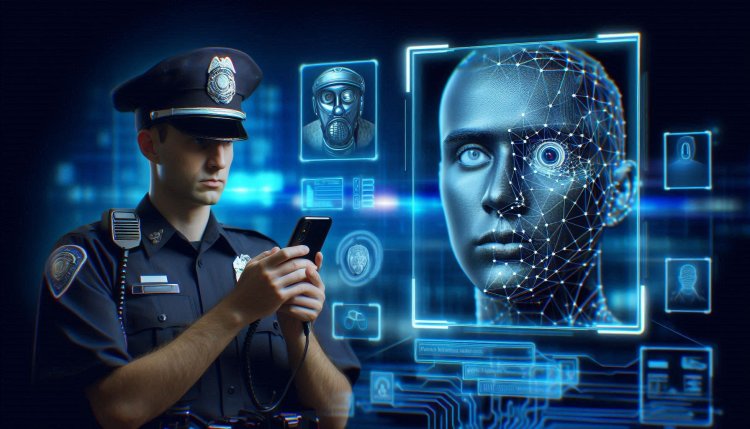AI in law enforcement: Predictive policing and facial recognition
Discover how AI is transforming law enforcement with predictive policing and facial recognition technology. Stay informed on the latest advancements in AI ethics.

AI in Law Enforcement: Predictive Policing and Facial Recognition
In recent years, artificial intelligence (AI) has been increasingly utilized in law enforcement to enhance various aspects of policing, including predictive policing and facial recognition technologies.
Predictive Policing
Predictive policing is a data-driven approach that leverages AI algorithms to analyze historical crime data and identify patterns to predict where crimes are likely to occur in the future. By using predictive analytics, law enforcement agencies can allocate their resources more effectively and proactively prevent crimes before they happen.
One of the key benefits of predictive policing is its ability to help law enforcement agencies prioritize their patrols and interventions in high-risk areas. By identifying hotspots of criminal activity, police departments can deploy officers to these locations to deter crime and improve public safety.
However, there are concerns about the potential biases in predictive policing algorithms. Critics argue that these algorithms may perpetuate existing biases in the criminal justice system, leading to over-policing in certain communities and reinforcing systemic inequalities. It is crucial for law enforcement agencies to address these biases and ensure that predictive policing tools are used ethically and responsibly.
Facial Recognition
Facial recognition technology is another AI tool that is increasingly being adopted by law enforcement agencies for various purposes, including identifying suspects, enhancing surveillance systems, and improving public safety.
Facial recognition works by analyzing and comparing facial features captured in images or videos against a database of known faces. This technology can help law enforcement agencies quickly identify individuals of interest, track their movements, and solve crimes more efficiently.
While facial recognition technology has the potential to enhance law enforcement capabilities, it also raises privacy and civil liberties concerns. Critics argue that widespread use of facial recognition may infringe on individuals' rights to privacy and lead to mass surveillance. There are also concerns about the accuracy of facial recognition algorithms, especially when it comes to identifying individuals from minority groups or in diverse populations.
Several jurisdictions have implemented regulations and guidelines on the use of facial recognition technology by law enforcement agencies to address these concerns. It is important for agencies to be transparent about their use of facial recognition, ensure accountability in its deployment, and respect individuals' privacy rights.
Conclusion
AI technologies such as predictive policing and facial recognition have the potential to transform law enforcement practices and improve public safety. However, it is essential for law enforcement agencies to consider the ethical implications of using these technologies and ensure that they are deployed in a fair and responsible manner.
By addressing biases in algorithms, protecting individuals' privacy rights, and promoting transparency and accountability, law enforcement agencies can harness the power of AI to enhance their capabilities while upholding the principles of justice and equality.
As AI continues to evolve, it is critical for policymakers, law enforcement officials, and the public to engage in dialogue and collaboration to establish clear guidelines and regulations that govern the use of AI in law enforcement and safeguard the rights and freedoms of all individuals.
What's Your Reaction?

















